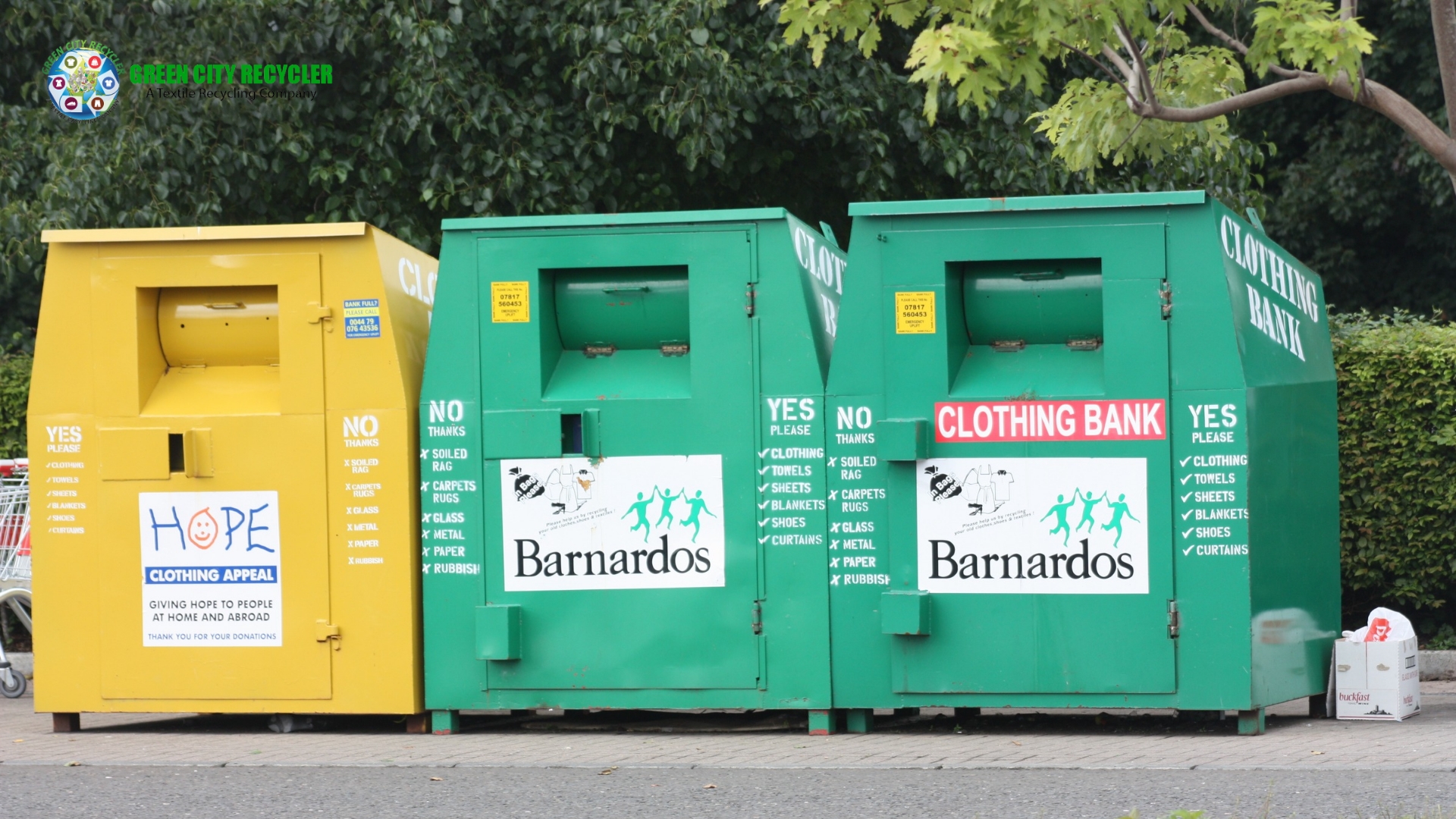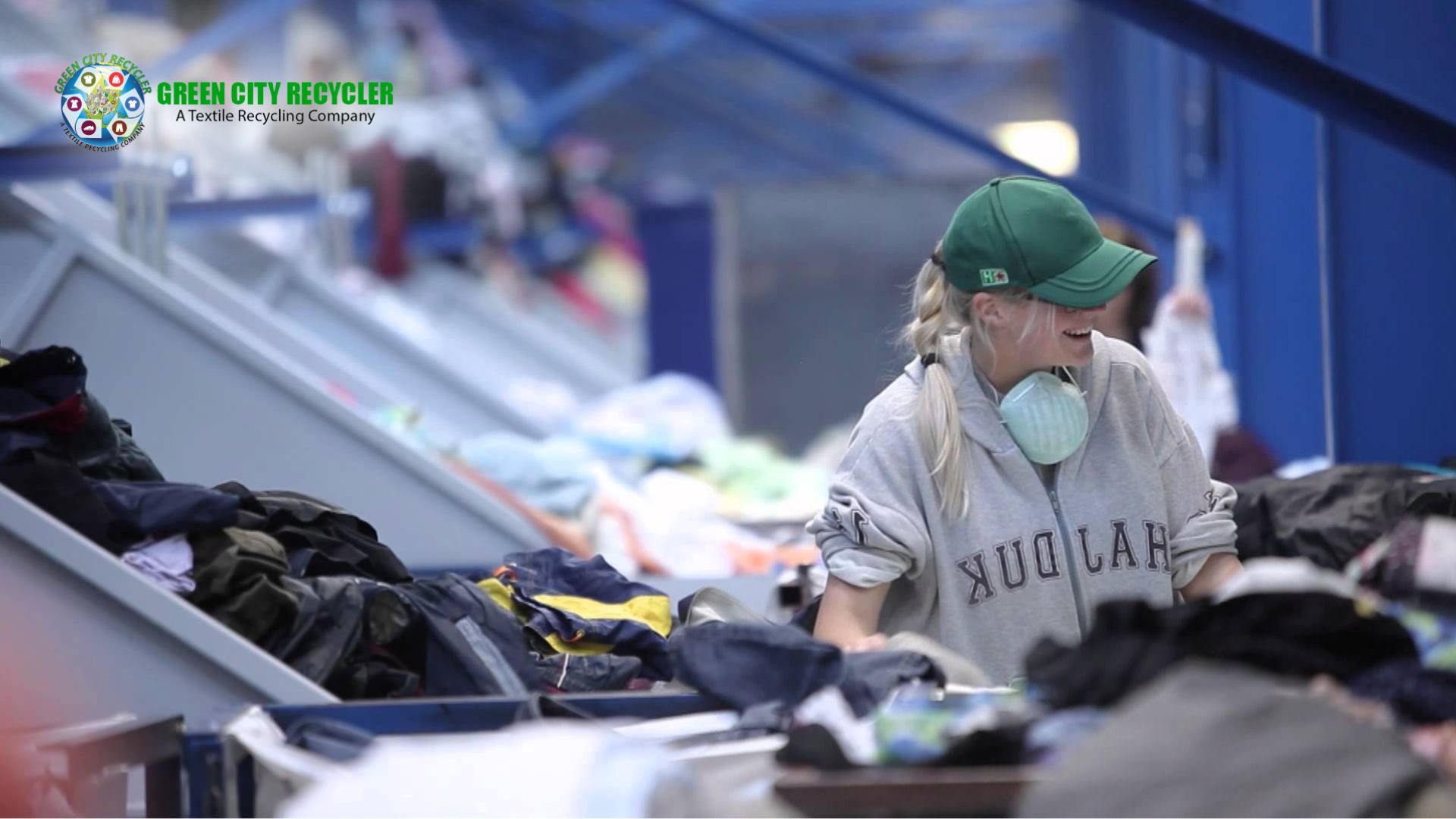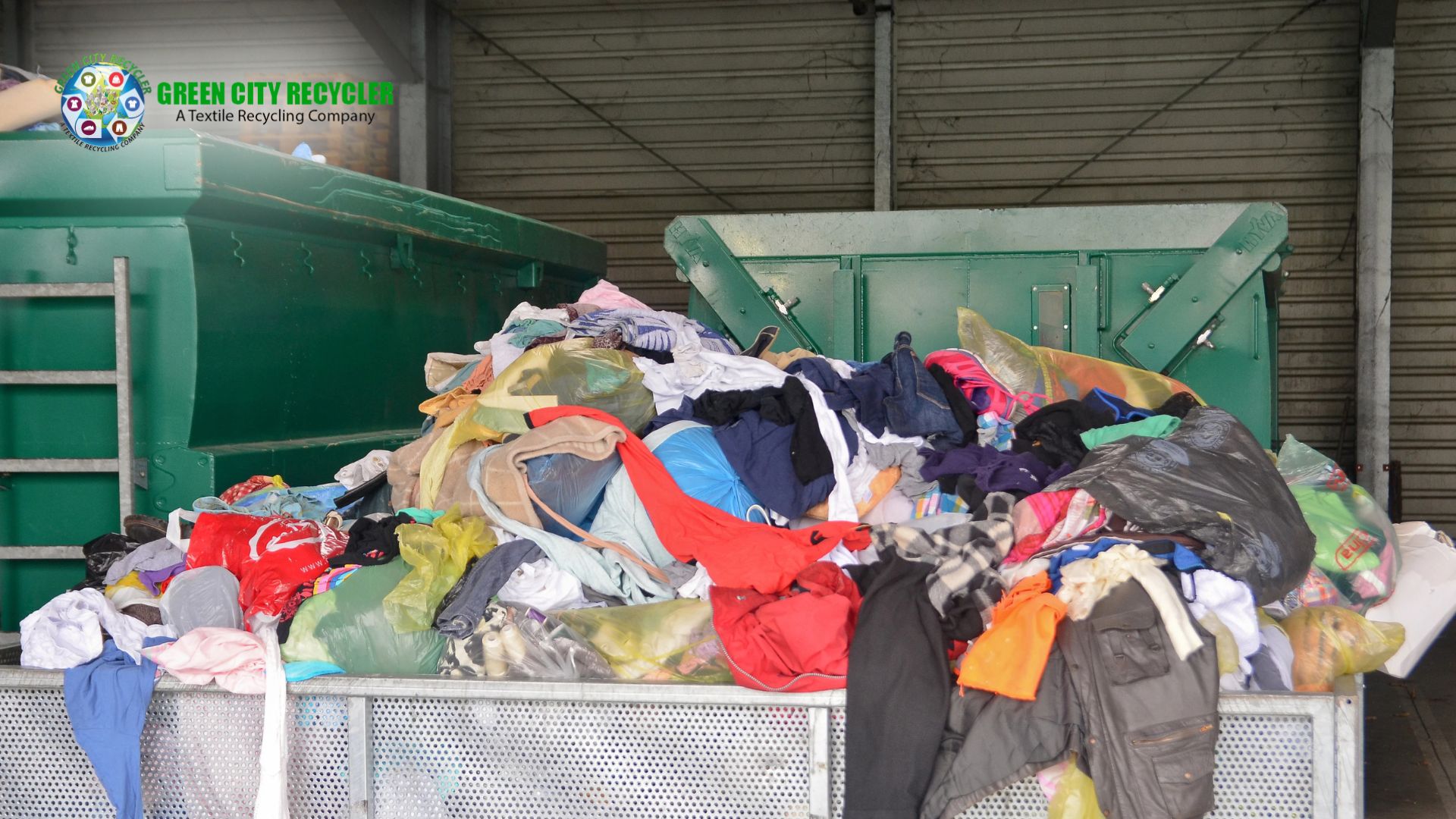Are there any fabric scraps, curtains, or old clothes you no longer use? You are not alone! While many of us hang onto fabrics we no longer use, trying to figure out what to do with them. Although tossing them in the garbage seems terrible, figuring out the proper disposal method can seem intimidating. Drop-offs for textile recycling help in this regard.
In this blog, we will cover all you need to know about textile recycling drop-offs near me, why they are essential, and how you might maximize them. By the time this book ends, you will surely give your discarded textiles a fresh life.
The Motives Behind Textile Recycling
Textiles and clothes are the two industries most responsible for global waste and pollution. However, the average person throws approximately seventy pounds of textiles away a year. Unfortunately, most of this trash is in landfills, which take decades to break down. Along the way, it produces harmful greenhouse gases that compromise our surroundings.
The following explains some of the several reasons textile recycling is so crucial:
- Recycling textiles helps conserve water and energy by lessening the demand for fresh raw materials, including cotton and polyester.
- Less fabric in landfills lowers environmental threats and pollutant levels.
- Some recycled fabrics are repurposed into new goods or utilized in charities, benefiting needy people.
- Choosing to recycle helps considerably to lower waste and preserve our earth.
Things That Might Be Recycled
You may be curious about what products are accepted at textile recycling drop-off near me. However, the good news is that most centers embrace a broad spectrum of fabrics, including:
- Shirts, pants, skirts, coats, and even socks make up clothing.
- Home fabrics call for towels, bed linens, tablecloths, and curtains.
- Shoes and accessories, including belts, plastic chains, caps, and bags.
- Items damaged: As long as they’re clean and dry, items with holes, stains, or tears can often still be recycled.
- However, some things, including carpets, beds, or fabrics tainted with dangerous chemicals, might not be approved. For their policies, always refer to the particular drop-off center.
Locating Textile Recycling Drop-Off Near Me
Finding a drop-off place for textile recycling is not as difficult as you would believe! These are some places you might locate close by:
1.Regional Recycling Facilities
Most cities accept textiles in recycling facilities. Look online for “textile recycling drop-off near me,” you will probably find a list of nearby sites.
2.Nonprofit Businesses
Many nonprofit stores like Goodwill or Oxfam welcome textiles and apparel for resale or recycling. Even if they are not pristine, objects can be taken for repurposing.
3.Programs for Retailer Recycling
Large stores, including The North Face, Zara, and H&M, often have in-store recycling bins. Some even offer vouchers or discounts for participating.
4.Civic Features
Textile recycling containers abound in community recycling points or civic amenity areas. They are usually found in public areas like parking lots or next to schools.
5.Specialty Recycling Businesses
Certain roofing based companies provide drop-off stations or pick-up services and concentrate primarily on textile recycling. Some examples are local textile recycling projects like Green City Recycler and TerraCycle.
6.Websites and Apps
Entering your zip code or city will let apps like Recycle Now, or websites like Earth911 find local recycling facilities.
Preparing Your Textiles for Recycling:
There are some easy procedures to get ready for a textile recycling drop-off point:
Make sure everything is dehydrated and clean. Damp fabrics can contaminate other gifts and grow mold.
- If possible, sort recyclables—clothes, shoes, and accessories—into groups. Specific centers could have separate containers for particular products.
- Items including hangers, batteries (from light-up shoes), or plastic attachments—which could not be recyclable—should be removed non-textile parts.
- Use a strong bag or box to carry your fabrics to the drop-off location.
For recycled textiles, what happens?
Your textiles are sorted once you drop them off. Usually, this is the case:
- Good condition items can be sold at thrift stores or exported to nations where reasonably priced clothing is in demand.
- Some materials are repurposed into seat cushioning, insulation, or cleaning cloths.
- Recycling: Extracted fibers from obsolete textiles are transformed into new goods, including industrial products or yarn.
- Recycling helps the environment and the economy by giving your used textiles and clothing a fresh life.
The Effect of Textile Reiteration
Even small amounts of textiles can have a significant influence when recycled. The following are some instances:
- One ton of recycled textiles saves 20,000 gallons of water and lowers up to 20% of carbon emissions.
- From inventing new products to sorting and processing, the textile recycling sector generates employment in many economic spheres.
- Donated clothes benefit charities and individuals in need.
- Everything you recycle advances a more environmentally friendly future.
Advice for a Living in Sustainable Textiles
One element of the picture is recycling. These ideas will help you cut textile waste from your life:
- Invest in better, longer-lasting quality clothes to buy less but choose wisely.
- However, transform outdated textiles into do-it-yourself products, including cleaning rags, blankets, and bags.
- Donate gently worn goods to those who might need them.
- Correct Rather than Change: Mend buttons or tears to maximize the lifetime of your clothing.
- Plan a clothes swap among friends to help update your wardrobe sustainably.
Finally,
One easy yet practical approach to changing things is to use textile recycling. By locating a textile recycling drop-off near me, properly preparing your goods, and regularly recycling, you are helping to create a more sustainable world.
Therefore, the next time you clear your closet, avoid throwing those outdated garments in the garbage. Instead, spend some time finding your closest drop-off place and giving your fabrics another shot. Little deeds have a significant impact; together, we can make the earth cleaner and greener for subsequent generations.
Why choose Green City Recycler?
Leading textile recycler Green City Recycler is dedicated to lowering waste and supporting sustainability. Their conveniently placed drop-off bins and pickup services cater to business and community demands and help simplify and access recycling.
Moreover, Green City Recycler distinguishes itself by its commitment to openness and creativity—ensuring that every object it gathers is ethically recycled, reused, or repurposed. However, selecting Green City Recycler means working with a company that supports local charities and generates green employment, promoting community development and environmental preservation. Choose a recycler that appreciates your effect on the earth today to start making a difference!






